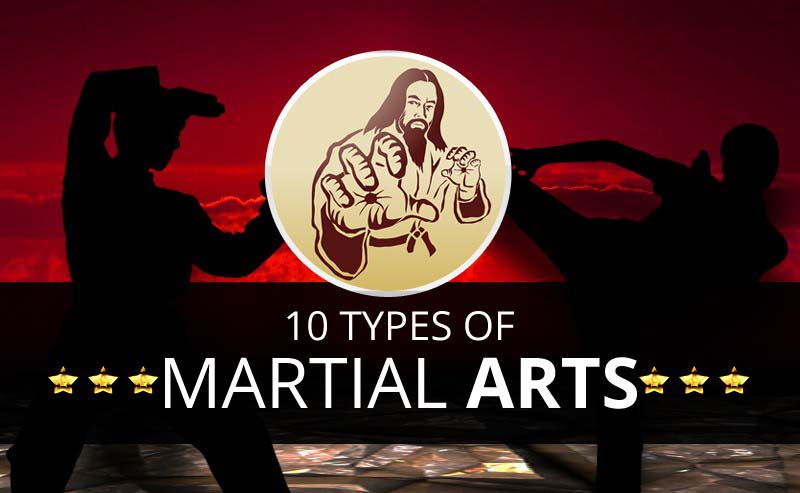The Background And Evolution Of Martial Arts Worldwide
The Background And Evolution Of Martial Arts Worldwide
Blog Article
Staff Author-Chu TRUE
Martial arts have an interesting history that spans centuries and continents. You might locate it fascinating exactly how old techniques like Shuai Jiao and Kalaripayattu prepared for modern-day combat techniques. https://www.capecodtimes.com/story/news/local/2023/04/14/self-defense-classes-boost-womens-confidence-when-facing-assault/70089736007/ -controls not just highlight physical abilities but also mirror the cultures that birthed them. As you discover their evolution, consider just how globalization has actually transformed these standard types right into hybrid styles. What influences do you believe have formed today's martial arts landscape?
Ancient Martial arts: The Foundations of Battle
As you look into the globe of old martial arts, you'll uncover the rich structures that formed combat methods throughout cultures. Very early techniques concentrated on Self-Defense and survival, often incorporating strikes, hurting, and weaponry.
In old China, for example, methods like Shuai Jiao stressed throws and joint locks, while India's Kalaripayattu showcased agility and liquid movement. Japanese samurai established Kenjutsu, a refined swordsmanship that highlighted discipline and approach.
These martial arts offered not just for battle yet additionally as a way of individual advancement, instilling worths like respect and determination. The blending of these techniques over time prepared for the diverse martial arts you see today, each reflecting the distinct viewpoints and needs of its culture.
The Social Influence on Martial Arts Advancement
While martial arts frequently reflect the functional requirements of a culture, they likewise symbolize the cultural worths and beliefs of their beginnings. When you check out different martial arts, you'll observe how they're affected by religion, viewpoint, and social norms.
For example, the emphasis on regard and discipline in Japanese martial arts stems from Zen Buddhism and samurai culture. In contrast, Brazilian Jiu-Jitsu promotes versatility and approach, shaped by the demand for efficiency in a diverse, multicultural atmosphere.
why martial arts is good could locate that the rituals, attires, and training methods show an area's history and identity. By understanding these social impacts, you strengthen your recognition of martial arts and their function fit human experiences around the world.
Modern Adaptations and the Globalization of Martial arts
Martial arts have actually changed considerably in recent years, adjusting to contemporary society and worldwide influences. importance of martial arts 'll observe that conventional kinds have blended with modern-day strategies, developing hybrid styles like mixed martial arts. These adjustments accommodate diverse audiences, making martial arts obtainable and attractive globally.
With the surge of social media and electronic systems, you can discover tutorials and competitions from all edges of the world, breaking geographical obstacles. This globalization has actually caused a common gratitude for various disciplines, from Brazilian Jiu-Jitsu to Taekwondo.
As you engage with these arts, you'll understand they're not nearly fight; they promote health and fitness, self-control, and psychological well-being.
Inevitably, modern adaptations have enriched the martial arts landscape, making it a vibrant and developing technique.
Conclusion
In exploring the history and advancement of martial arts, you uncover a remarkable blend of methods, cultures, and viewpoints. From ancient techniques like Shuai Jiao and Kalaripayattu to the modern-day adaptability seen in MMA, martial arts mirror humanity's pursuit for Self-Defense and personal development. As you engage with these methods, you not only get abilities but also a deeper gratitude for the diverse traditions that form our world today. So, proceed your journey and accept the art of battle!
